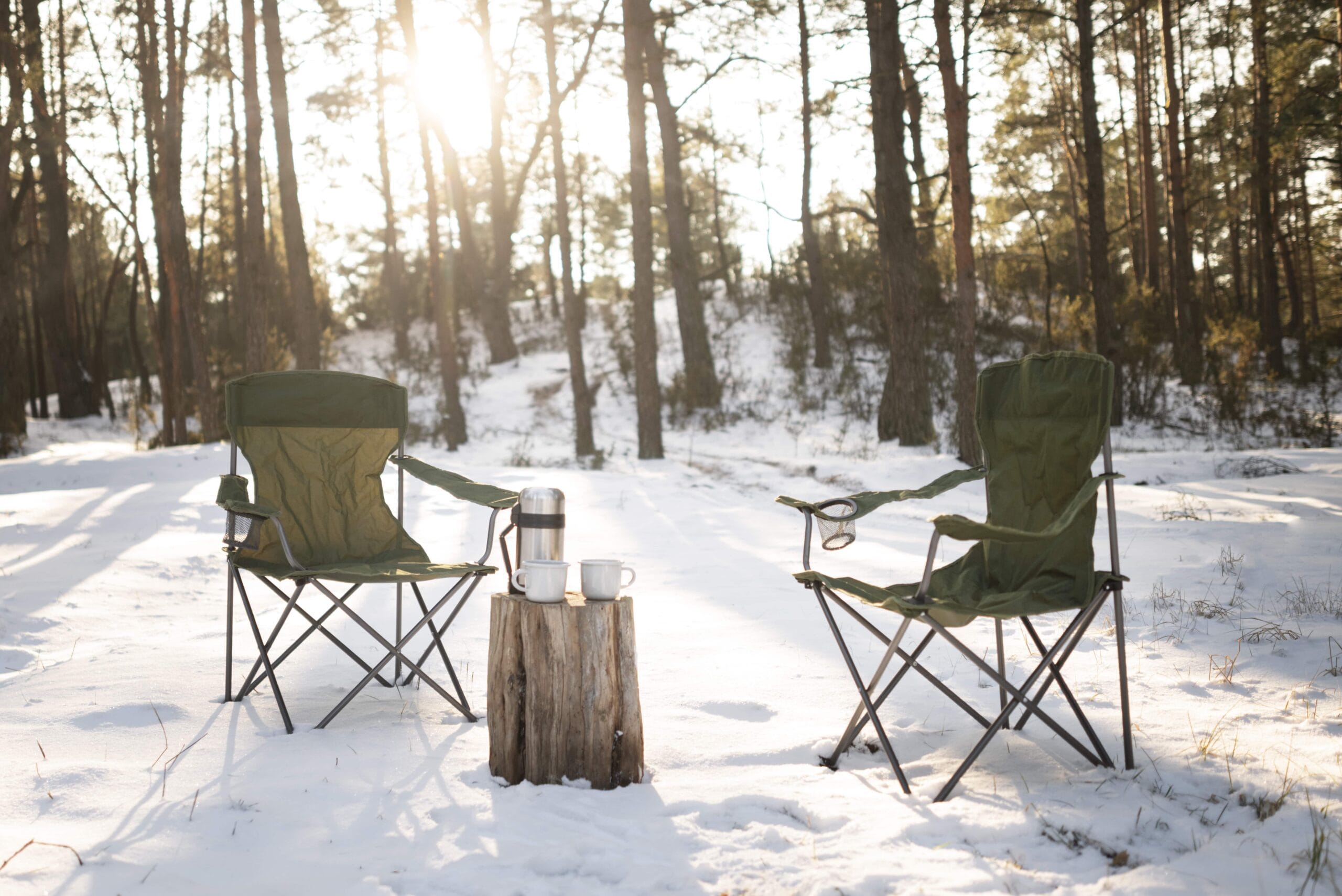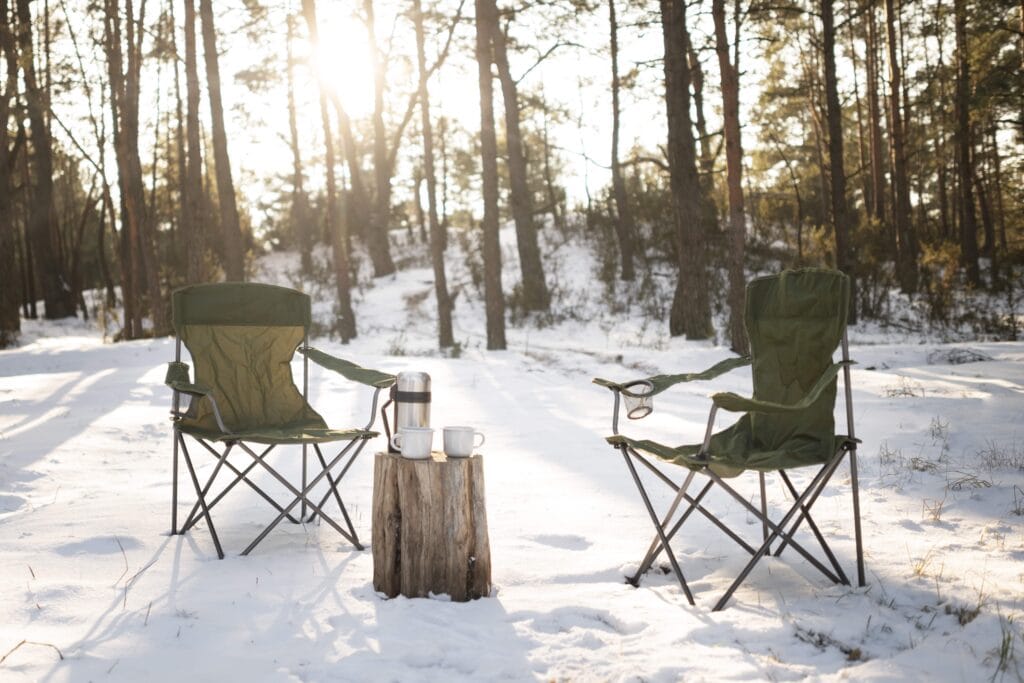
Introduction
Many people keep wooden furniture outdoors, but with the onset of winter, they wonder whether it is safe to leave wooden furniture outside or not. The answer is not very simple because it depends a lot on the weather conditions around you.
Cold temperatures, cold winds, and snow damage outdoor wooden furniture a lot. If you do not take proper care of that wooden furniture, you will reduce the life of the wood. However, if you take proper care of wooden furniture, you will increase its life, and it will remain fine even in the harshest winter.
How to keep wooden furniture safe in winter The necessary tips are discussed below.
1.What happens if you keep wooden furniture outside in winter?
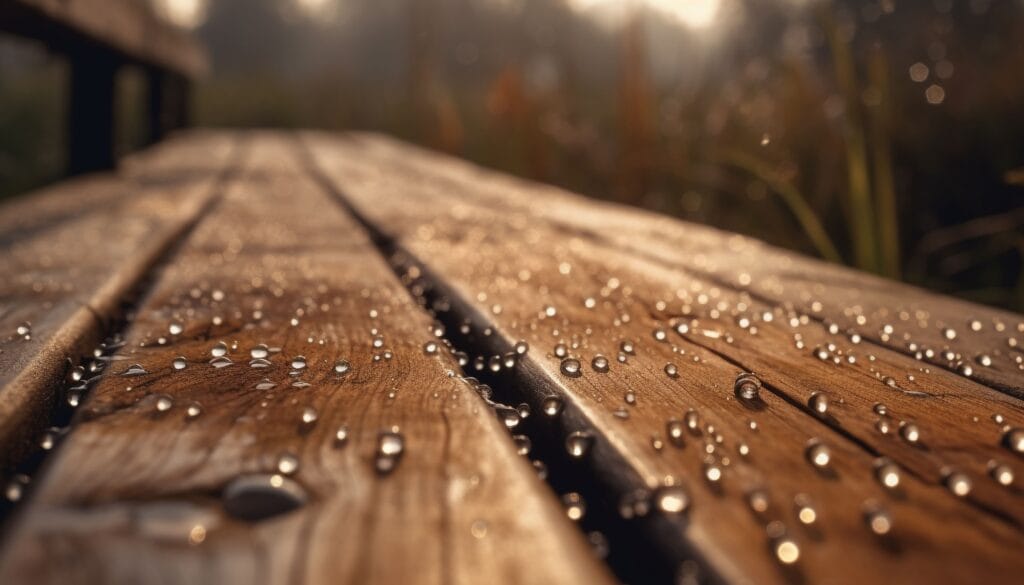
If you keep furniture outside in winter, moisture, ice, and excessive cold can damage it. When wood comes into contact with snow and rain, it absorbs moisture and expands. When the temperature drops, the moisture freezes and turns into ice, causing the wood to shrink. In this way, repeated expansion and contraction cause cracks to appear in the furniture, making it weak physically. Again, excessive moisture allows fungus, mold, and rot to take hold in the wood, which greatly destroys its beauty and durability.
If you do not store wooden furniture properly, the color of the wood and the wood can become rough. Especially winter affects soft wood more. For example, winter affects soft wood like pine more. Teak or cedar wood is much harder, so it is less affected. However, even the strongest wood does not last long if you do not take care of it properly. To preserve it, you must take protective measures. With proper care, you can make it long-lasting
2.Types of Wooden Furniture That Can Withstand Winter Weather
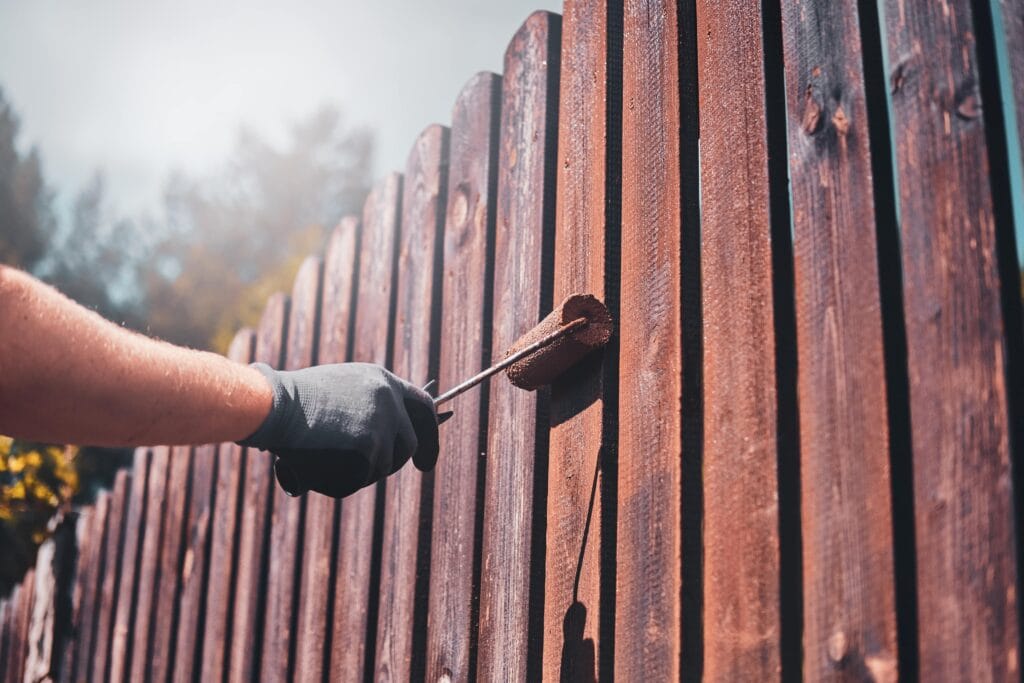
While not all furniture can withstand extreme winter conditions, some woods naturally resist cold, humidity, and temperature fluctuations. Hardwoods like teak and oak are great for outdoor use because they contain natural oils that make the wood water-resistant. This reduces water absorption and prevents cracking. On the other hand, softwoods like pine and fir typically suffer more winter damage unless a weatherproof sealant treats them. On the other hand, softwoods like pine are more susceptible to winter damage. If someone does not treat these woods with a chemical, they will deteriorate.
Pressure-treating is also a good treatment for it because a chemical process makes the wood rot- and moisture-resistant. Regardless of the type of furniture, you should apply a protective sealant to it, which will protect the wood from extreme cold. This will increase both the lifespan and beauty of the wood.
3.How to Protect How to Protect Furniture from Snow and Moisture from Snow and Moisture
You should protect wooden furniture from moisture and frost, which will prevent damage to the wood and reduce cracking. The best way to protect outdoor wooden furniture is to use a high-quality waterproof sealant on the wood. This sealant creates a protective layer inside the wood against moisture, which creates a barrier against moisture. Elevate the wood slightly with rubber feet, which reduces direct contact of the wood with damp soil. You can protect wooden furniture from extreme cold by storing it in a shed or garage, which will extend the life of the wood and maintain its beauty.
4.Best Protective Covers for Outdoor Wooden Furniture
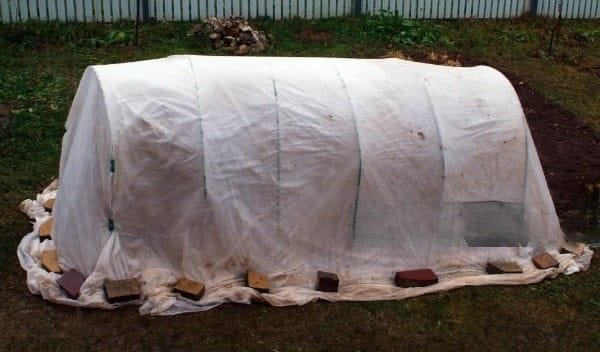
There are many high-quality covers that offer great protection with waterproof, uv-resistant, breathable materials such as polyurethane coatings.
Extends the life of wooden, it can be used throughout the winter season, which is very safe and well-insulated.
5.Waterproofing Tips for Wooden Furniture in Winter
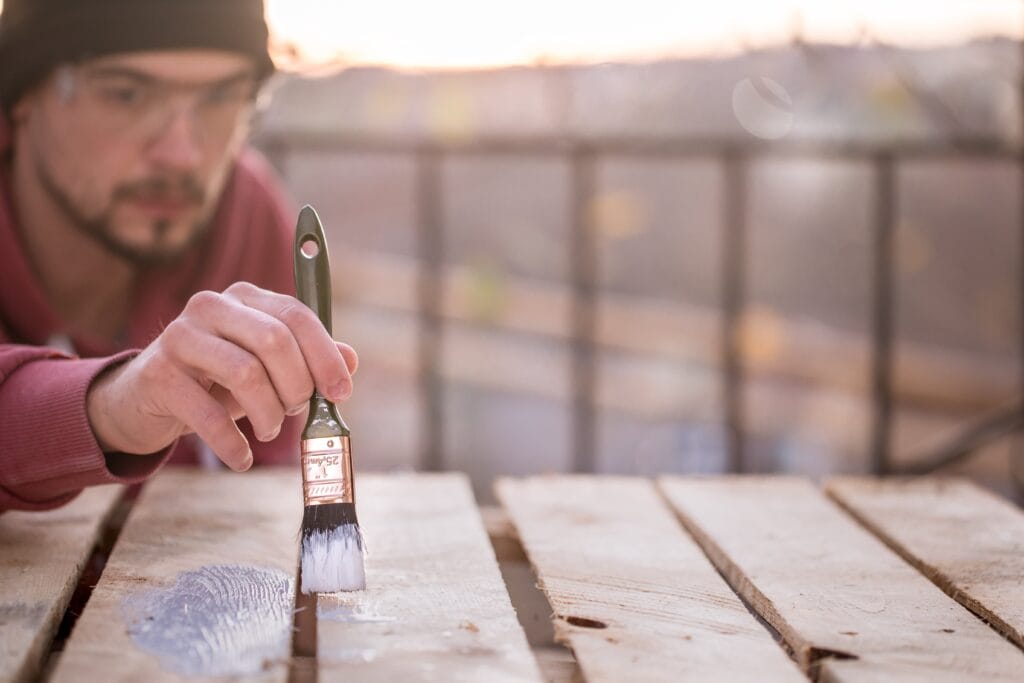
Proper waterproofing is essential for wooden furniture in winter, as it reduces the damage to the wood. Applying some high-quality waterproofing sealant makes the wood water-resistant. Using rubber feet keeps the wood slightly elevated, which keeps it away from the damp ground. People use water sealant for wood. They apply sealants to wood.
i)silicone-based sealants,
ii)acrylic sealants,
iii)epoxy sealants,
iv)polyurethane sealants.
While selecting a sealant, the current condition of the wood and the surrounding climate should be considered. For this, expert advice should be taken.
6.Should You Store Wooden Furniture Indoors During Winter
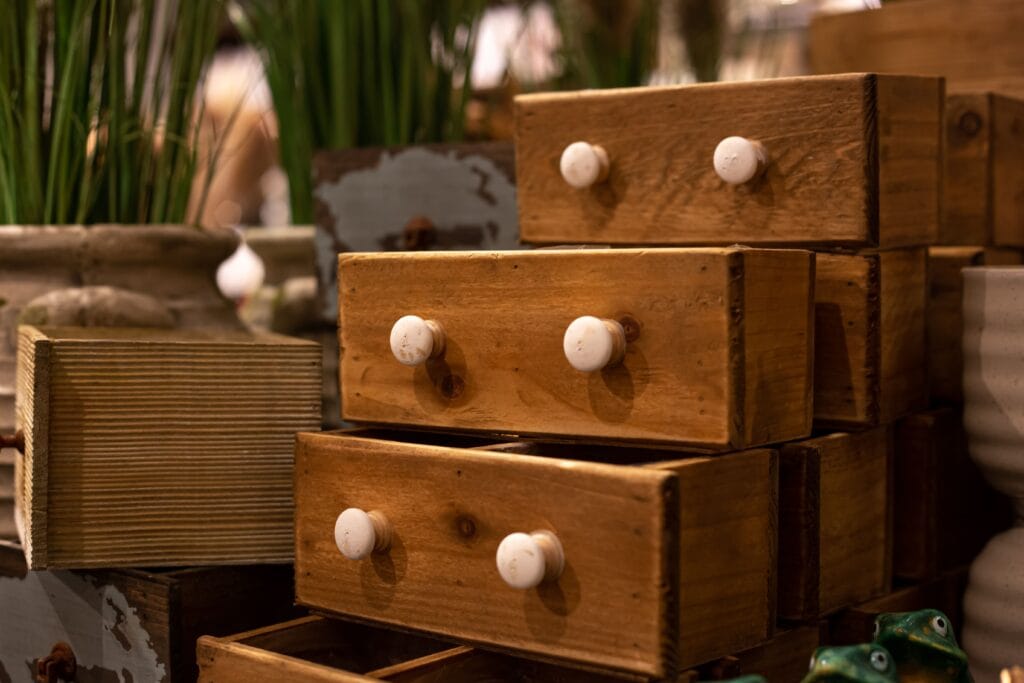
If you have a system for storing it indoors, that’s great. This will increase the lifespan of the wood.
If you don’t have a system for storing it indoors, use a high-quality, waterproof cover and keep furniture elevated from the ground.
7.How Different Wood Types React to Winter Conditions
Different types of wood react differently in winter. The natural properties of the wood determine this. Hardwoods such as teak, oak, etc. resist temperature fluctuations more effectively. Teak wood contains natural oils that prevent moisture from penetrating the wood. Softwoods such as pine, fir, etc. are more vulnerable to temperature fluctuations. To keep furniture in good condition, someone applies a protective sealant. The article mentions this in point number 5.
8.Common Mistakes to Avoid When Leaving Wooden Furniture Outside
If you keep the wood outside without proper protection, you cause a lot of damage to the wood, as a result, you reduce the life of the wood.
The biggest mistake is keeping the wood outside without applying a waterproof sealant, as a result, many cracks form in the wood.
You should keep the wood slightly higher than the ground, as a result, the wood will not come into direct contact with the ground.
Conclusion
Clean thoroughly – Remove any dust and dirt from the wood.
Apply a waterproof sealant – Use a high-quality wood preservative and varnish.
Raise furniture off the ground – Raise wooden furniture off the ground.
Store indoors if possible – If you have a shed, store furniture inside.
Inspect regularly – Inspect the wood regularly to check for cracks.
By following these simple steps, you can extend the life of your wooden furniture and keep it well-maintained throughout the winter season.

